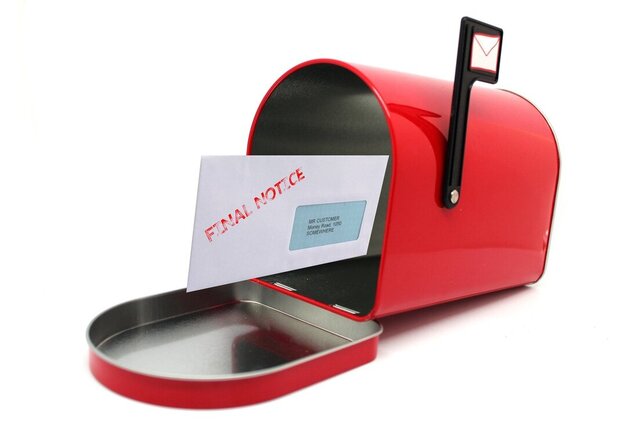|
7 minute read by Jason Gelios REALTOR® Here is a breakdown of the eviction process from episode 156 of The AskJasonGelios Real Estate Show. Lease agreement signed A lease agreement is accepted by the tenant to lease the property from the landlord. Problem arises As the tenant leases the property, the issue arises that put both landlord and tenant in communication with each other. Landlord and Tenant try to resolve issue on their own It is always best for the landlord and tenant(s) to try to resolve the issue before heading to court. Landlord and Tenant go to court If no resolution has occurred between the tenant(s) and landlord, then the next step is to head to court. Complaint is filed in court At this stage a complain is officially filed with the court. Eviction notice is sent After a complaint is filed with the court, an eviction notice is then sent. Almost always a landlord should also hand deliver the notice to the tenant(s). Judge makes decision Ultimately the judge will make a decision in either the landlord or the tenant's favor. At this point one of two things happens: Tenant wins and stays in the property Landlord wins and tenant leaves - Judge issues court order or Warrant of Eviction - Tenant leaves voluntarily or sheriff throws them out Tenant may need to pay landlord based on lease agreement or local law: - Court costs - Attorney fees - Unpaid rent - Damages and penalties Always consult with a qualified attorney before proceeding with an eviction or accepting an eviction notice. Watch the video on this topic here
0 Comments
Your comment will be posted after it is approved.
Leave a Reply. |
AuthorJason Gelios is a Husband and Father. After that, a Top Producing REALTOR®, Author of the books 'Think like a REALTOR®' and 'Beating The Force Of Average', Creator of The AskJasonGelios Real Estate Show and Expert Media Contributor to media outlets across the country. Archives
July 2024
Categories |


 RSS Feed
RSS Feed